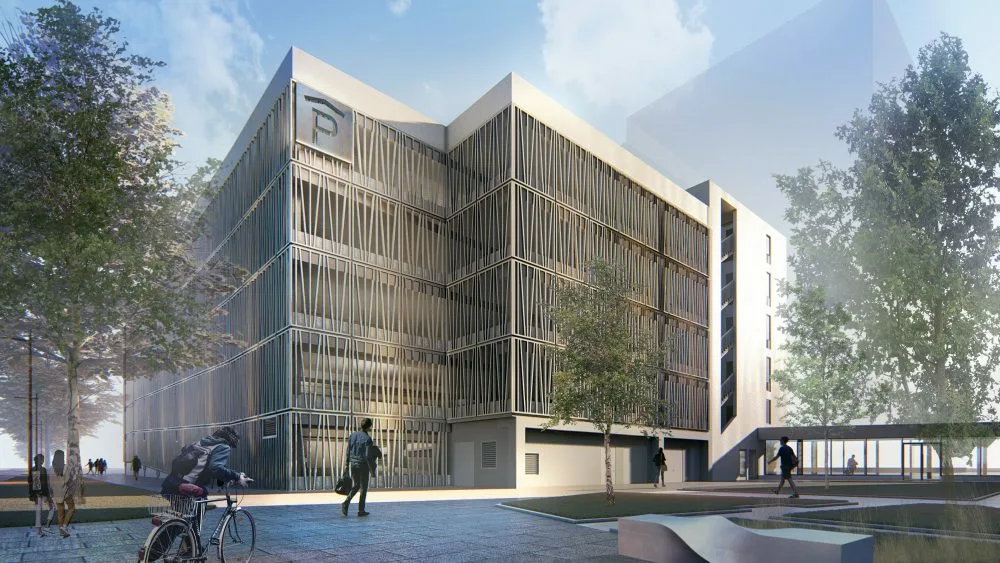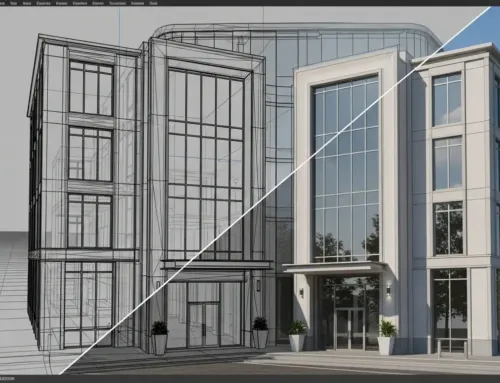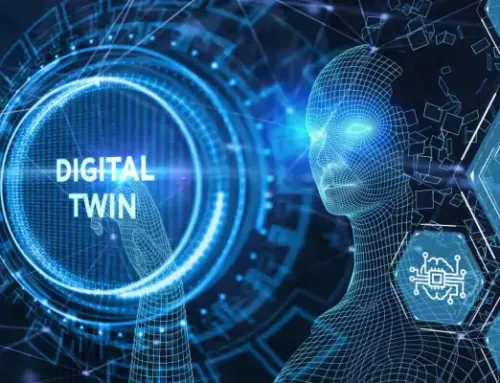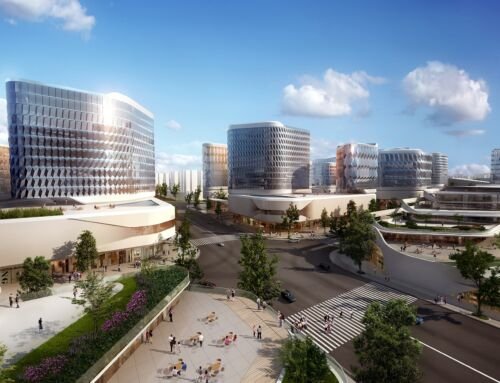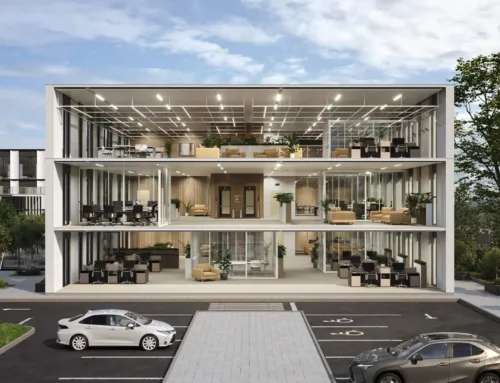How inverse volume rendering approach to 3D reconstruction from multiple images?
In this modern era, there is a constant advancement in computer vision and computational graphics which have influenced 3D reconstruction from 2D images. Inverse volume rendering is the most favourable method to create high-level 3D reconstruction. Skilled computer graphic experts reconstruct complicated three-dimensional models from multiple images.
The purpose of writing this blog is to show readers how the inverse volume rendering method helps to achieve desired results. However, a professional 3D rendering company always tries their best to achieve realistic results. SMA Archviz is one of the best rendering partners in the US assisting Architects, Designers, and more! Now, let us show you how experts use such methods to convert 2D input into 3D reconstruction models.
SEEK THE EXACT KNOWLEDGE ABOUT HOW INVERSE VOLUME RENDERING APPROACHES TO 3D RECONSTRUCTION FROM MULTIPLE IMAGES FROM OUR EXTENSIVE BLOG!
What is 3D Reconstruction?
Before delving into the detailed steps of the inverse volume rendering method to 3D reconstruction, first, let’s discuss what is 3D reconstruction.
It is the detailed process of re-creating a three-dimensional model of any object through normal images or video frames. This method is applicable not only in the architectural field but also in gaming, healthcare, virtual reality, and more. 3D reconstruction is performed through various methods such as:
- Inverse Volume Rendering: Mathematical models are used to reconstruct the volumetric structure.
- Geometric Methods: To create three-dimensional models, use different geometric representations such as point clouds, meshes, and surface fitting.
- Voxel-based Techniques: In this method, the objects are represented in grade form or as voxels. Each voxel has information about the color or density of the object.
- Neural Rendering: It uses machine learning to generate 3D models of the objects. First, the network is trained and then it provides 3D representation.
What is Inverse Volume Rendering?
Inverse volume rendering means finding the volumetric representation of a 3-dimensional object from a 2-dimensional representation. This is the opposite of having the rendering equation for a scene, this equation is now called the volume rendering equation. Volume rendering employs the principles of physics-based rendering which is the mathematical modeling of materials interactions with light and diaphragm.
The main concept is to reconstruct the 3D volume out of the 2D projections which are the visual data.
Key Components of Inverse Volume Rendering
Volume Representation
The three-dimensional space is shown as a grid of voxels which consist of the information of colour, density, opacity, and more!
Rendering Equation
The volume interacts with light in a way that permits the creation of certain 2D projections by using forward volume rendering equations.
Inverse Problem
To minimize flaws in 3D reconstruction, it constantly adjusts 3D models until the desired 2D input is matched.
Workflow of Inverse Volume Rendering for 3D Reconstruction
Data Acquisition
The first step is to capture various 2D images of the specific object or scene from every angle. These images are the inputs for the reconstruction algorithm.
Initial Volume Estimation
The second step initiates with a small guess for the 3D volume. It can be a simple or pre-trained model from a neural network.
Volume Rendering
This step includes a method called ray marching in which rays are traced through the volume to check light collection. This way absorption, emission, and scattering of light are also checked!
Flaw Minimization
The flaws observed during the process are also calculated to adjust the voxel values.
Iterative Refinement
The program repeats itself until the volume matches with the 2D input image. It keeps on comparing and adjusting the 3D representation based on the guesses.
WE CAN PROVIDE YOU WITH THE BEST 3D RENDERING SERVICES IN NEW JERSEY TO CREATE 3D RECONSTRUCTION FOR ALL TYPES OF SCENES AND OBJECTS!
Final Thoughts!
However, the best approach for 3D reconstruction is Inverse volume rendering! Hopefully, now you know how it feels the gap between two-dimensional images and volumetric modelling. By using methods like light transport, optimization, and advanced computational techniques. You can create the best three-dimensional representations of the object or scene. It is evident to say that the future of this technology is bright. Hence, Inverse volume rendering is the key factor in the future of 3D reconstruction. However, it is recommended to rely on professional 3D Rendering Services to achieve actual representations.

